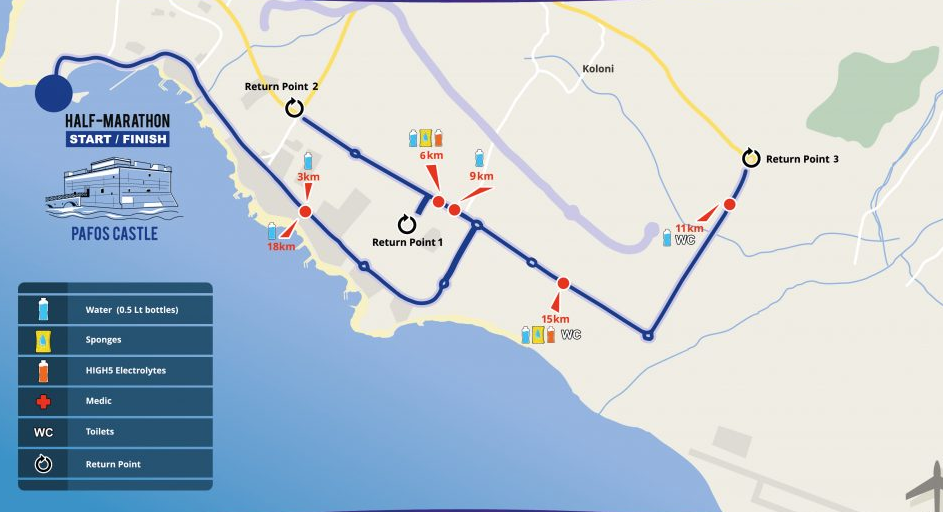Are you looking to shave minutes off your marathon time or simply improve your running efficiency? Enhancing your performance isn’t just about putting in more miles—it’s about training smarter. In this guide, we’ll explore five crucial training techniques that can help boost your running performance, focusing on strategies proven to yield results. Whether you’re preparing for a marathon or just looking to improve your daily jog, these tips are for you.
Interval Training: Boost Speed and Endurance
Interval training is a powerful tool for runners aiming to increase speed and endurance. By alternating between high-intensity bursts and low-intensity recovery periods, you can improve your cardiovascular efficiency, which is crucial for long-distance events. Start with sessions like 400-meter repeats at a fast pace, followed by equal or slightly longer recovery periods. Incorporate these workouts into your routine twice a week to start seeing significant improvements in your pace and stamina, you can use this trainning on your garmin watch.
Why It Works: The science behind interval training shows that it helps increase VO2 max—the maximum amount of oxygen your body can use during intense exercise. This is a key factor in enhancing endurance and overall running performance. Plus, interval training can also elevate your lactate threshold, allowing you to sustain higher speeds for longer periods.

Tempo Runs: Find Your Racing Rhythm
Tempo runs, or threshold runs, are designed to train your body to sustain speed over distance. These sessions involve running at a challenging but manageable pace—just outside your comfort zone—for 20 to 40 minutes. Tempo runs are crucial for teaching your body to push through fatigue, a necessary skill for any competitive runner.
Benefits of Tempo Running: Consistently incorporating tempo runs into your training can improve your metabolic fitness by increasing your lactate threshold. This means you’ll be able to run faster, longer, without hitting the proverbial ‘wall.’ Tempo runs also condition your mind to endure discomfort, a valuable trait during the late stages of races.
Long Runs: Enhance Endurance and Mental Toughness
Long runs are the backbone of any serious running program. They help your body adapt to prolonged stresses and improve your fat metabolism, crucial for long-distance races. Schedule a long run once a week, gradually increasing the distance to build endurance progressively.
Long Run Benefits: Aside from physiological benefits, long runs are excellent for mental training. They teach you to cope with fatigue and discomfort, essential skills for marathon running or any long-distance challenge. Furthermore, they help you fine-tune your pacing strategy and nutritional plan, which are critical components of race day success.
Recovery: Optimize Performance with Adequate Rest
Recovery is as vital as the workouts themselves. Adequate rest, including easy days and complete off days, allows your body to repair and strengthen. Incorporate active recovery sessions, such as light jogging or swimming, and consider yoga or stretching to improve flexibility and reduce injury risk.
The Role of Recovery: Ignoring recovery can lead to overtraining, injuries, and burnout. By prioritizing rest, you ensure that you approach each workout with maximum energy and minimal fatigue, leading to more effective training sessions and better performance on race day.
Implementing these five training techniques will not only help you improve your running performance but also keep your workouts varied and exciting. Remember, consistency is key in seeing results, and integrating these practices into your routine will ensure you achieve your running goals. Whether you’re a seasoned marathoner or a casual jogger, there’s always room to improve your performance with the right training strategies. Keep pushing your limits, and you’ll see your efforts pay off in no time!












